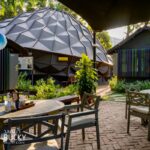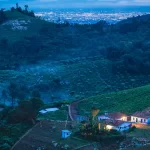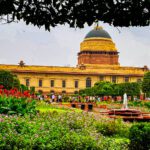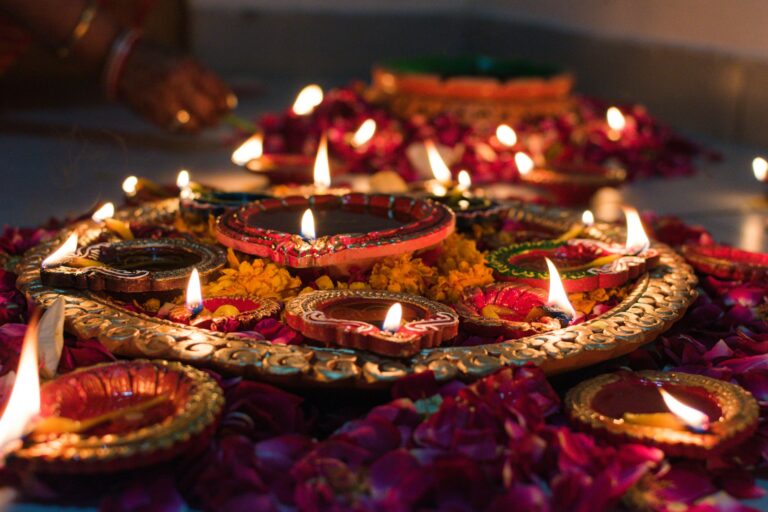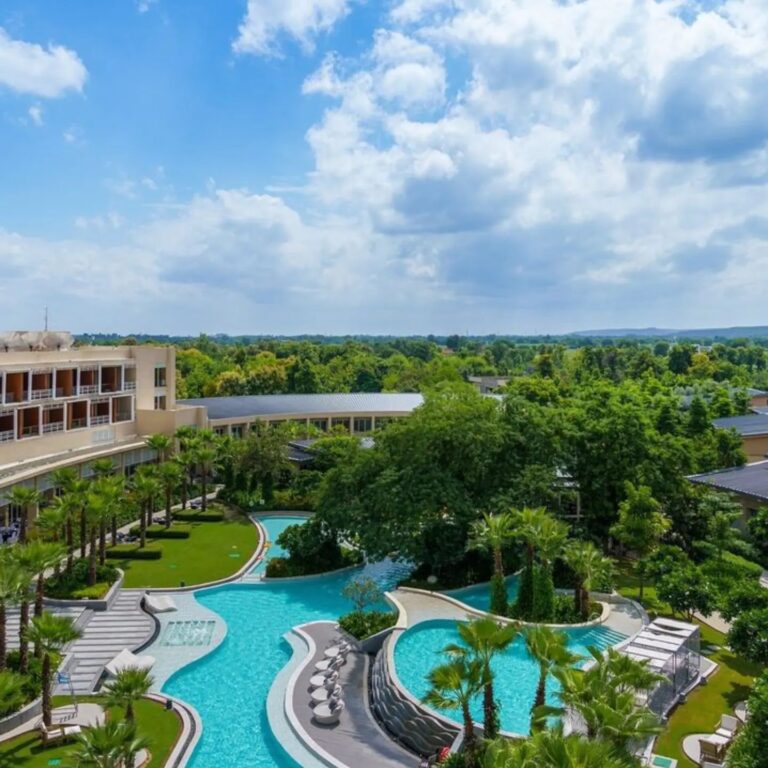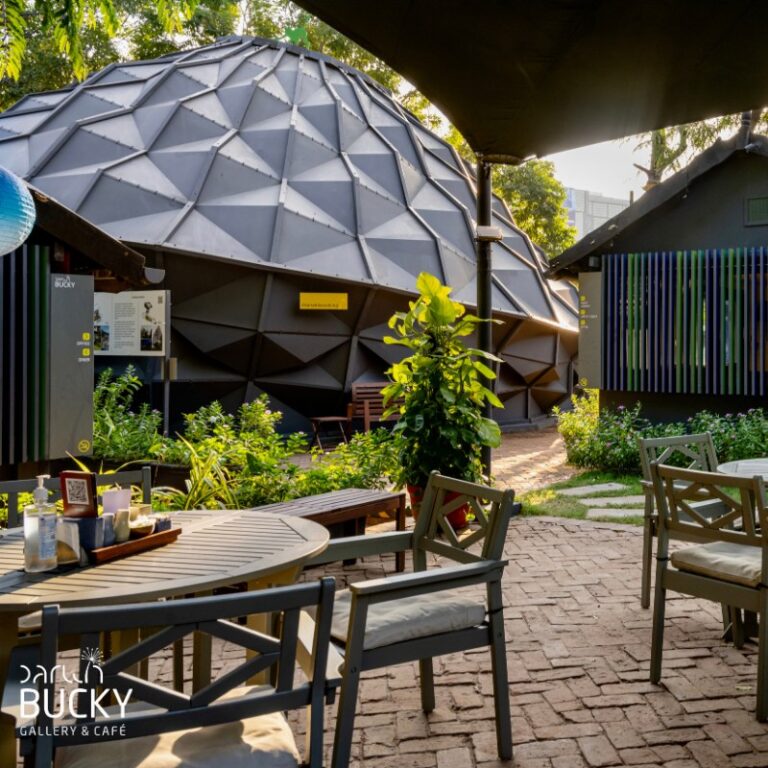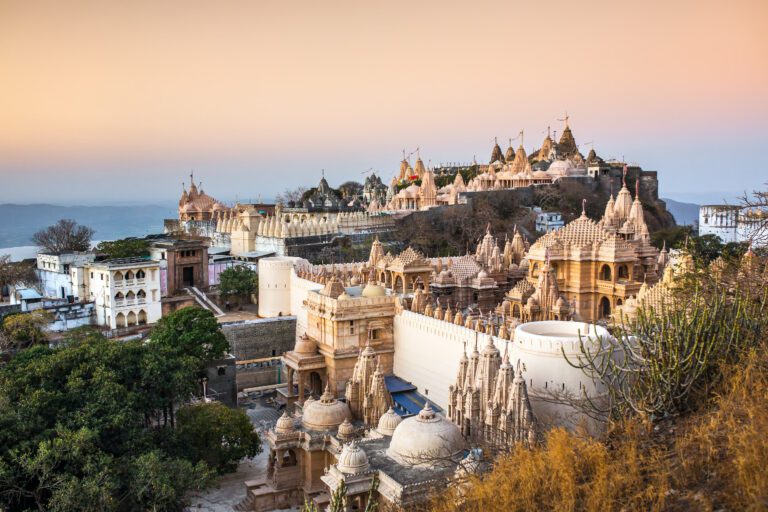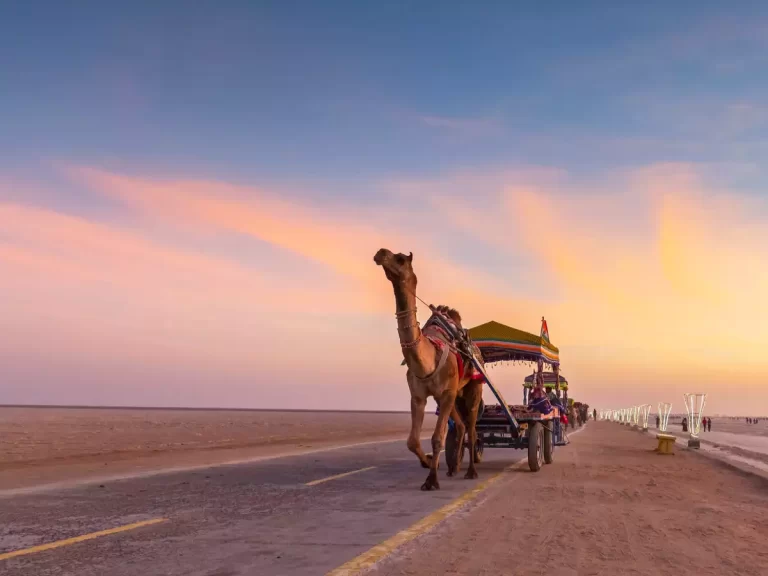It felt isolated and far from Nashik when Anjali and Sumit Parekh relocated to Sumit’s boyhood home in the charming village of Belgaon Dhaga in 2006. They arrived at their farmhouse, surrounded by fruit trees and frequently visited by various birds, via a small bullock-cart lane. Now, eighteen years later, their community is easily accessible from the city via a smooth tarmac on Trimbakeshwar Road. Even yet, the house—now known as The Parekh Farm—maintains the allure of a peaceful farmhouse, with enough to do and time to take it all in.
About the homestay
The six-bedroom guesthouse in Nashik combines contemporary conveniences and ample space with handmade linens and natural materials. Large floor-to-ceiling windows that let in natural light throughout the day are features of every room, as are en suite bathrooms with outdoor showers. When the sun sets and the windows are open, a gentle, constant breeze will cause the delicate cotton curtains to fall gracefully.
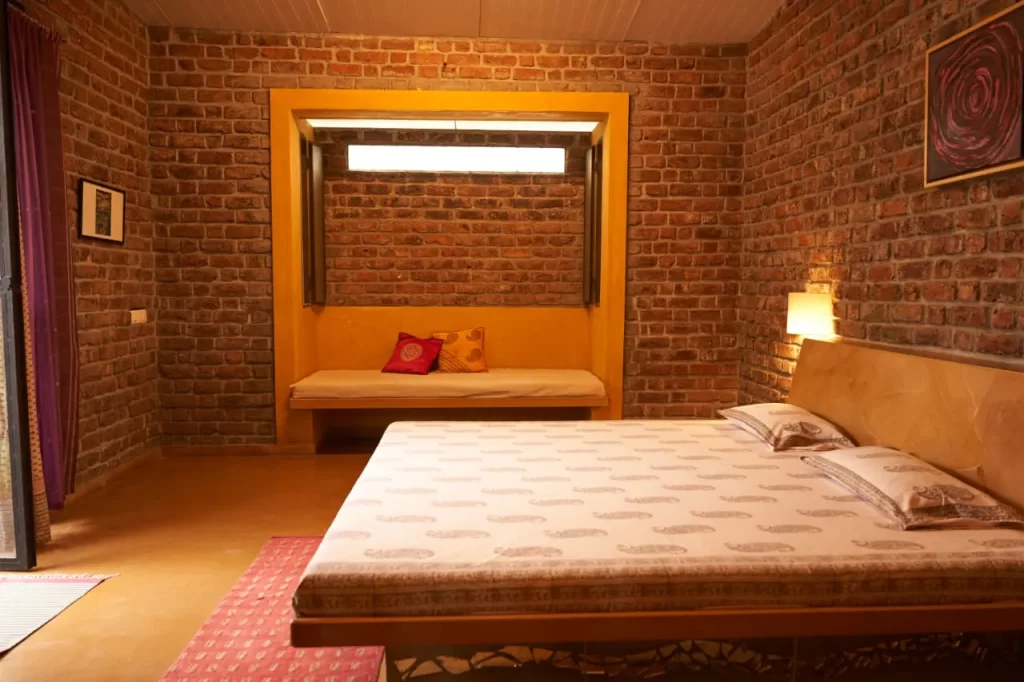
The interiors are stone and wood, with exposed brick walls and potted plants for pops of green, and there are outdoor spaces to lounge in. Two guest rooms come with air conditioners, and the Parekhs find they are best used for afternoon naps and are not required at night, when the weather remains fairly pleasant most times of the year, given the green cover around the house. Guests can access the common living rooms and outdoor areas, as well as the garden, which is great for spotting birds.
About the hosts
Three generations of the Parekh family currently reside on the Parekh Farm, which has been a family farm since 1982. The hosts, Anjali and Sumit, reside there along with Devika and Ved, their two college-bound children, and Sumit’s parents, Vinod and Kamala. Due to his parents’ employment in the social sector, Sumit spent his early years traveling to many locations across the globe.
In the end, Kamala and Vinod chose to relocate to the farm to raise Sumit and his sister in a place far from crowded cities. Following suit, Sumit and Anjali returned to the farm to raise their children after they were born. Despite having experience in publishing, Sumit is fully focused on managing the farm and the homestay. Anjali is an architect who specializes in creating spaces that are considerate of the environment.
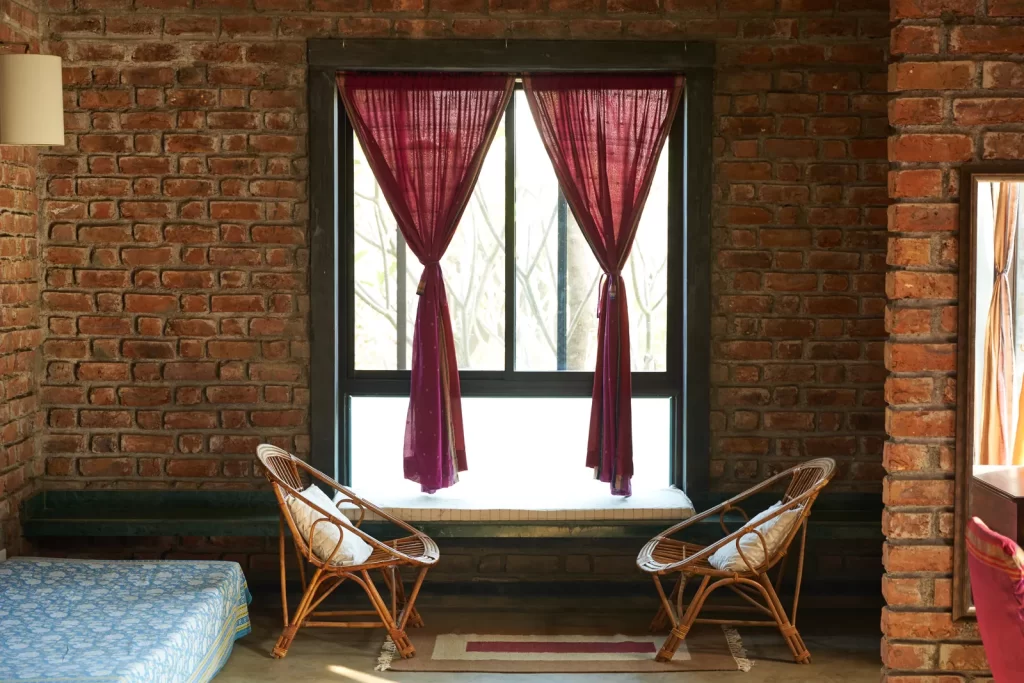
On the farm, the two cultivate a large variety of fruit plants, including kesar mangoes, bananas, papayas, guavas, and jamun. They devote a lot of time to these trees. In addition, they cultivate wheat throughout the winter, pulses, millets like ragi, oil seeds like mustard, sunflower, and niger, and certain vegetables like aubergines and chilies.
They also grow rain-fed rice during the monsoon. Anjali states, “We are always out in the gardens because we love living this life so much.” “It’s always tempting to see if the labor done this morning has paid off by nightfall. not out of impatience, but rather out of pure joy in creating the ideal environment for new life to flourish. They enjoy talking about farm life with visitors. “Our guests sometimes make the mistake of inquiring about our experiences,” the speaker states.
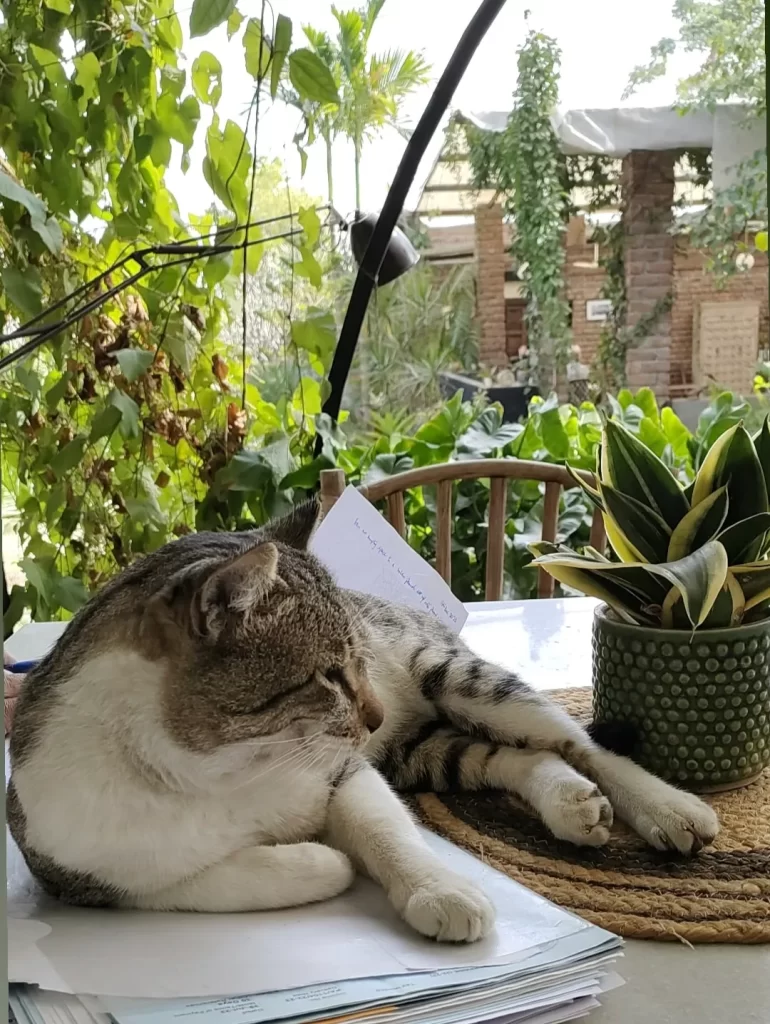
“Warning: we enjoy discussing our travels, accomplishments, setbacks, and future goals.” The two cats that reside with the Parekh family on the farm are the self-described bosses of the whole thing and are often seen relaxing in the farm’s sunny locations. The homestay welcomes pets.
The food
The Parekh Farm serves rustic, straightforward cuisine. All-female chefs from the nearby villages prepare mouthwatering meals under the direction of Anjali and Kamala. You can expect something different every day as the menus are mostly determined by the fresh food that is available that day. Even though vegetarianism predominates, requests for chicken and egg dishes can be accommodated.
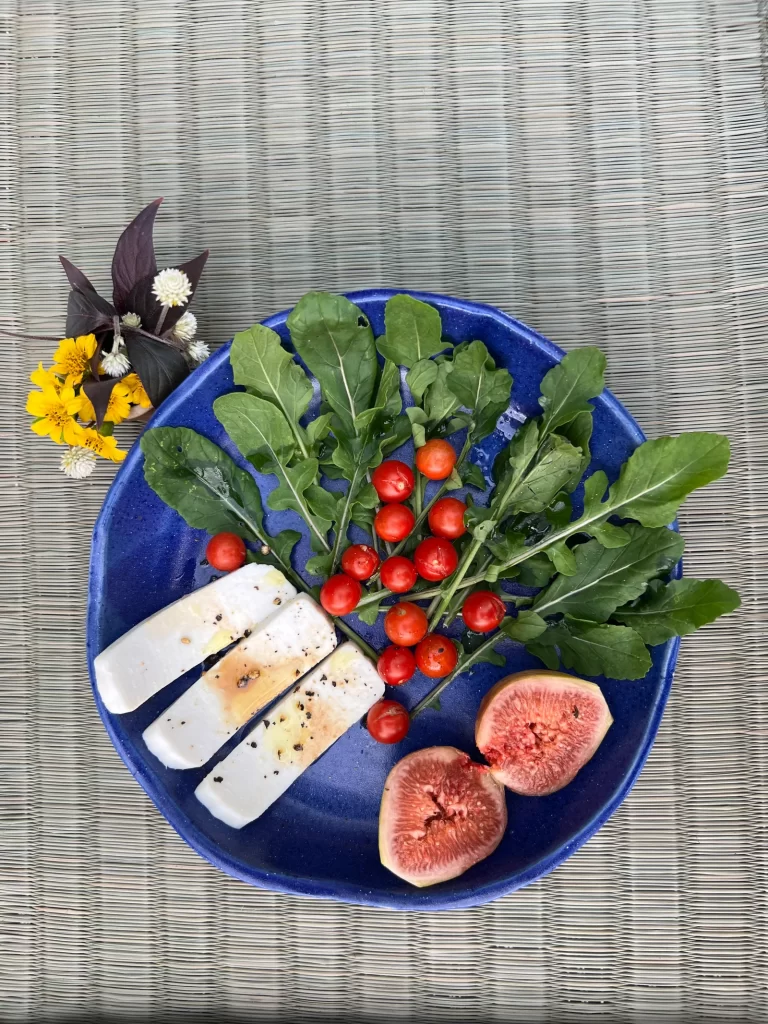
A typical breakfast consists of an abundance of fresh fruits from the farm, homemade sourdough bread and fruit preserves, eggs, strong coffee, and endless cups of chai infused with lemongrass produced on the farm. Poha or moong dal chilla are examples of an Indian vegetarian breakfast dish. The culinary crew also frequently tinkers with farm-fresh ingredients, such as chopping raw bananas into crispy banana chips, drying papad in the summer sun, and stone-grinding chana for chana dal. You might be able to taste the outcome if you’re lucky.
How to spend 48 hours at The Parekh Farm
Spending time in nature is possible at the farm and in Nashik. Spend time in the garden at the farm throughout various times of the day to see birds such as black ibis, purple sunbirds, bulbuls, koels, crow pheasants, kingfishers, herons, and prinias. Bushchats, oriental white eyes, red stars, rain quails, and francolins are among the seasonal visitors. The Parekhs have identified more than thirty different species of birds on the farm throughout the years.
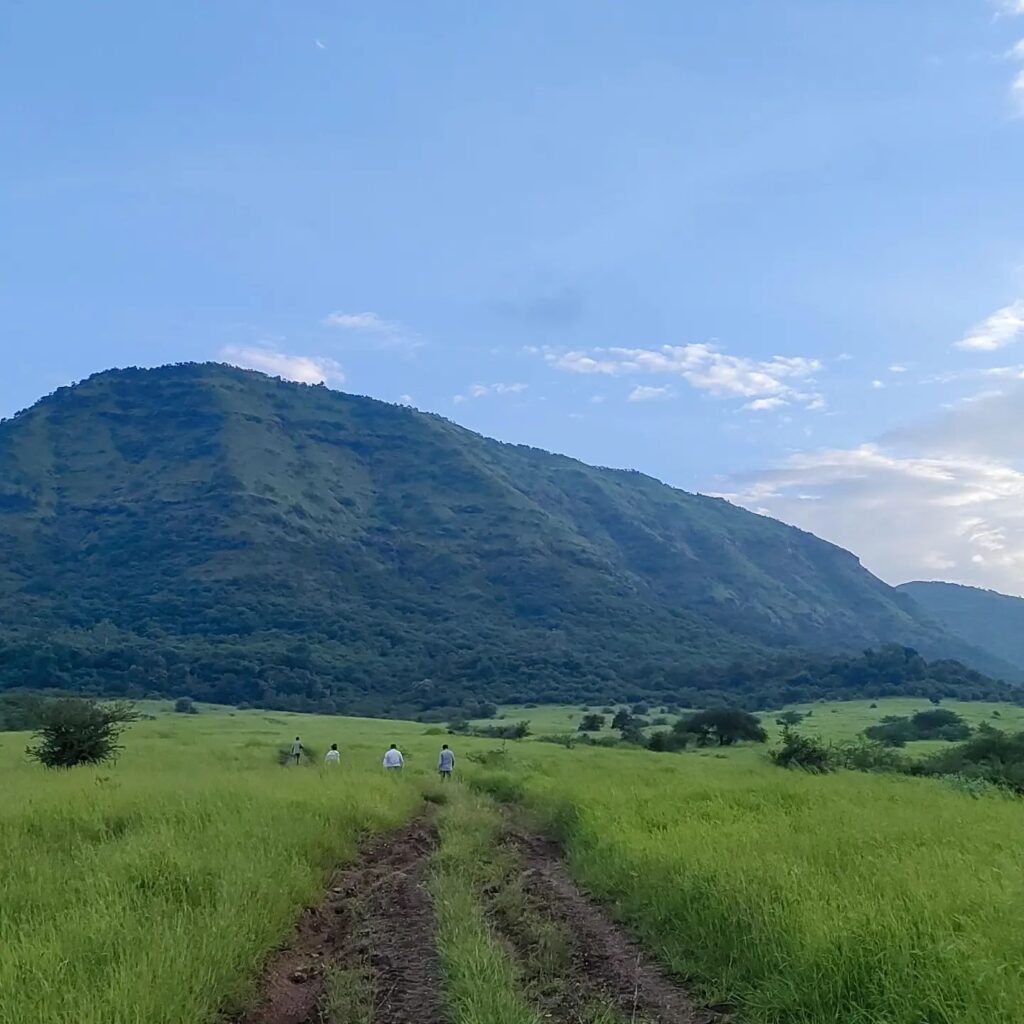
It’s a 20-minute drive to Nashik’s renowned Sula Vineyards if you’d want to venture outside. A one-hour journey will take you to vineyards including Vallone, Chandon, and Nipha from the homestay. Every vineyard is ideal for a leisurely sundowner. In addition, Nashik offers a variety of hiking and trekking possibilities, including as the well-known Pandavleni Caves and Anjaneri, both of which are accessible in 15 to 20 minutes by car. In addition, Gangapur Dam offers sunset views, and it’s only a 30-minute drive from the guesthouse. For birdwatchers, the Parekhs suggest visiting the Nandur Madhyameshwar bird sanctuary in the winter, while history buffs may take heritage walks along the Godavari at Panchwati.
Where | The Parekh Farm – Village Belgaon Dhaga, Trimbak Road, Nashik
Tariff | Rs 4,000 (As Recorded On 21st August, 2018)
Call Them | +91 9970 341 224
Here’s Their Website | https://theparekhfarm.com/index.html



